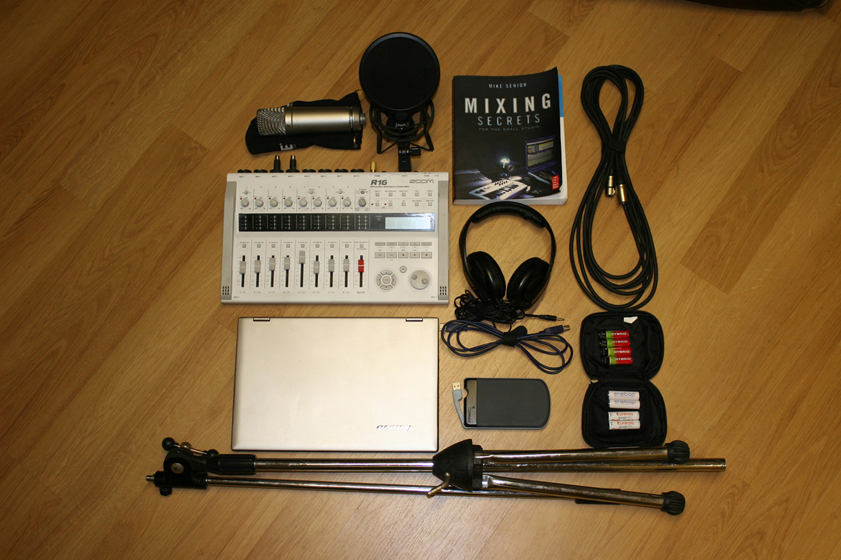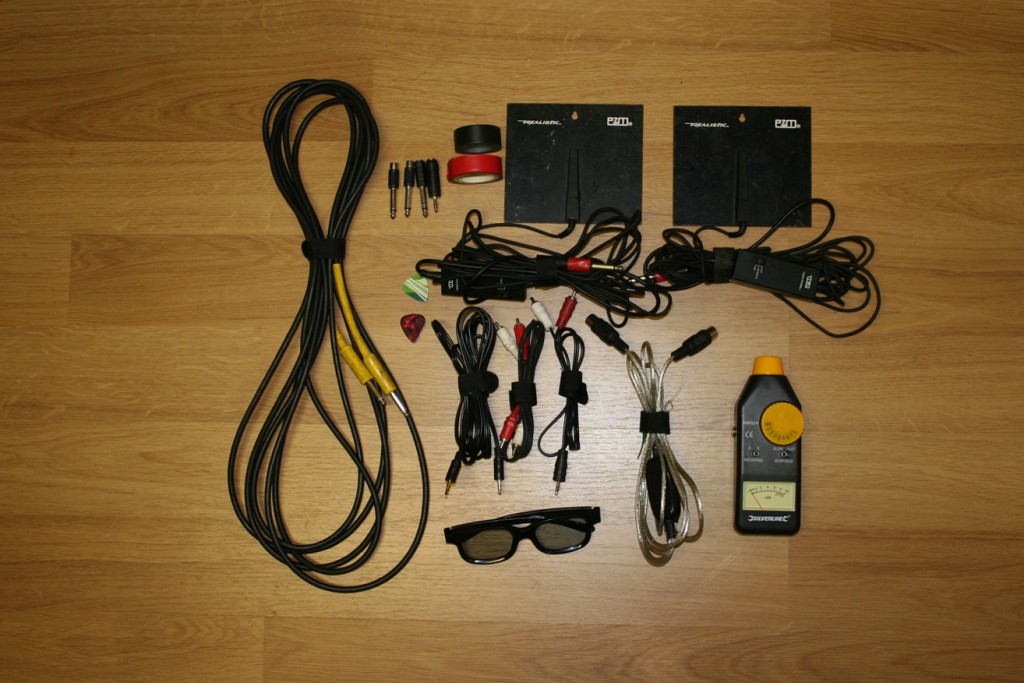What’s in My Bag — Daniel Webb

A software developer by day, musician by night shares his bag full of album-making tools
I’m a father and software developer by day, but at night, I get to realize my dream of recording an album. Twenty years ago, the only way to make a top-quality recording was to hire a studio. Now, the tools in my bag let me create on a level playing field.
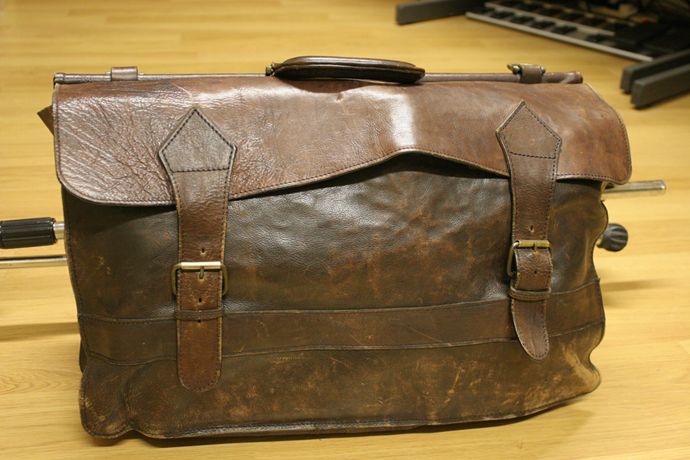
My parents gave me this leather bag for my 21st Birthday. I’m not sure what they imagined I would use it for, but it feels just right to carry my hobby in it. I’m afraid I have no idea where it comes from and it is unlabeled.
There are two sets of tools that go in my bag — core and optional.
I have come to understand that the number one tool in my bag is me. Education is the single most effective investment of time and money that you can make. No tool can compensate for a lack of knowledge, but knowledge can compensate for a lack of tools.
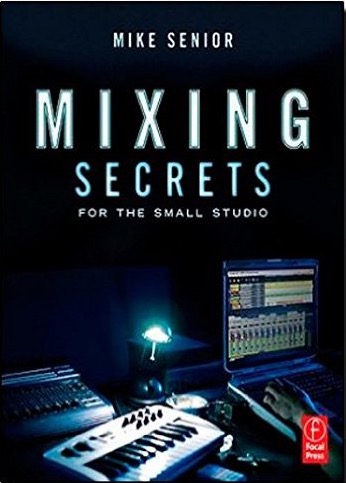
Mixing Secrets for the Small Studio by Mike Senior ($28)
This one book can teach you everything you need to know to record and mix the album of your dreams. Mike is a superb and realistic teacher, the content is all killer, no filler. The advice is practical, honest and down to earth.
Recording Lounge Podcast (FREE)
This show has been going since 2009, broadcasting hours and hours of real world experience from a professional who speaks with love and authority. The passion that the host has for his craft illuminates every topic under discussion. The archive of this podcast is an invaluable treasure trove of information and enthusiasm. Start from episode 1 and immerse yourself in the world of the recording engineer.
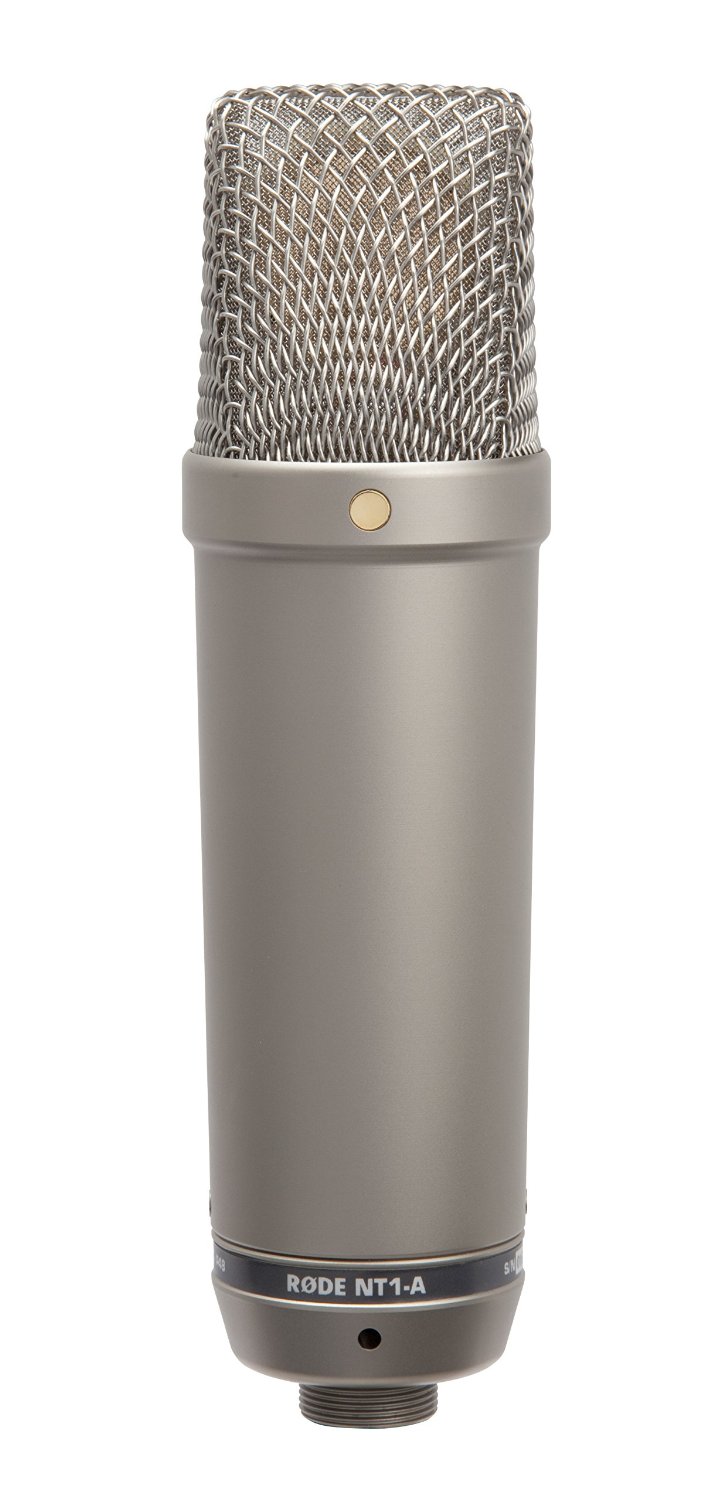
Rode NT1-A Microphone ($229)
The first link in the recording chain, and therefore the most important. Sometimes it seems that there are as many different types of microphone as there are stars in the sky. The pros can never have too many microphones, but I found one to be enough. This one was chosen because it is a quiet, sensitive general purpose mic at a great price.
(Other Microphones)
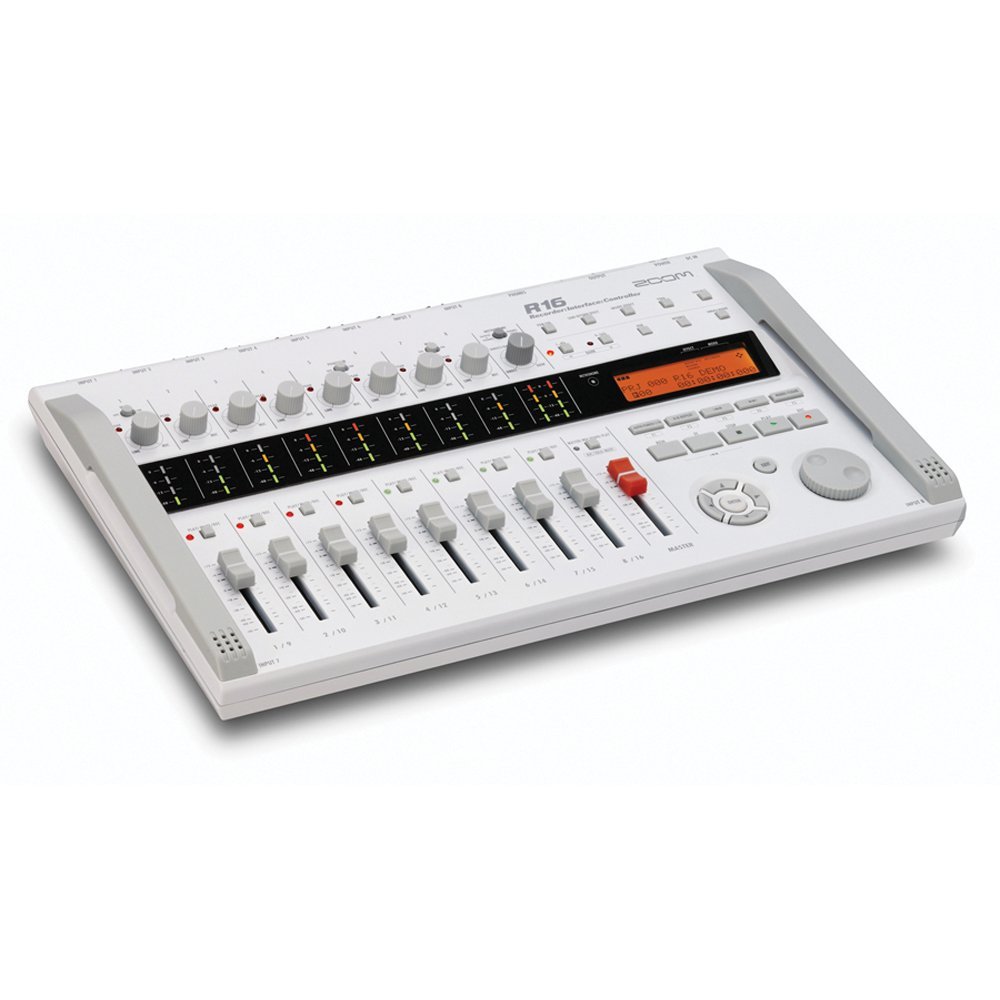
Zoom r16 ($400)
Audio is analogue, computers are digital. The recording interface converts between the two. The Zoom r16 can operate as a stand alone battery powered recorder, but you can take your pick from pretty much any interface produced in the last 5 years. Useful features to look out for: Phantom power (some microphones require power); At least 2 inputs (for stereo recording); adjustable headphone mix level (for recording); XLR and Jack inputs (to cater for a broad range of instruments). For example you could go for a PreSonus AudioBox USB ($99).
Eneloop rechargeable batteries ($21, Pack of 8)
Great batteries, recommended elsewhere on cool tools.
Computer
I have a Lenovo Yoga Pro 2 Laptop running Windows and it’s gorgeous, but again, pretty much any computer will do nowadays, and any operating system. If you have one already, it is almost certainly good enough.
Freecom Tough Drive ($104)
I keep my entire music studio on an external drive so I can work from any available PC. It also makes it easy to back everything up. The Freecom Tough Drive has stood up well to my rough and tumble world.
DAW Software
DAW (Digital Audio Workstation) software puts the functionality of the million dollar recording studios into your hands. I use Reaper ($60 Win/Mac) because it is has all the required features, has a passionate userbase, is extremely customizable and is priced reasonably. But once again, we are spoilt for choice and it is difficult to choose badly.
Effects
EQ, Compressors, Reverb, Delay. It is tempting to collect effects like trading cards. Be wise, and select from the incredible array of free Effects collated and rated at the Bedroom Producers Blog.
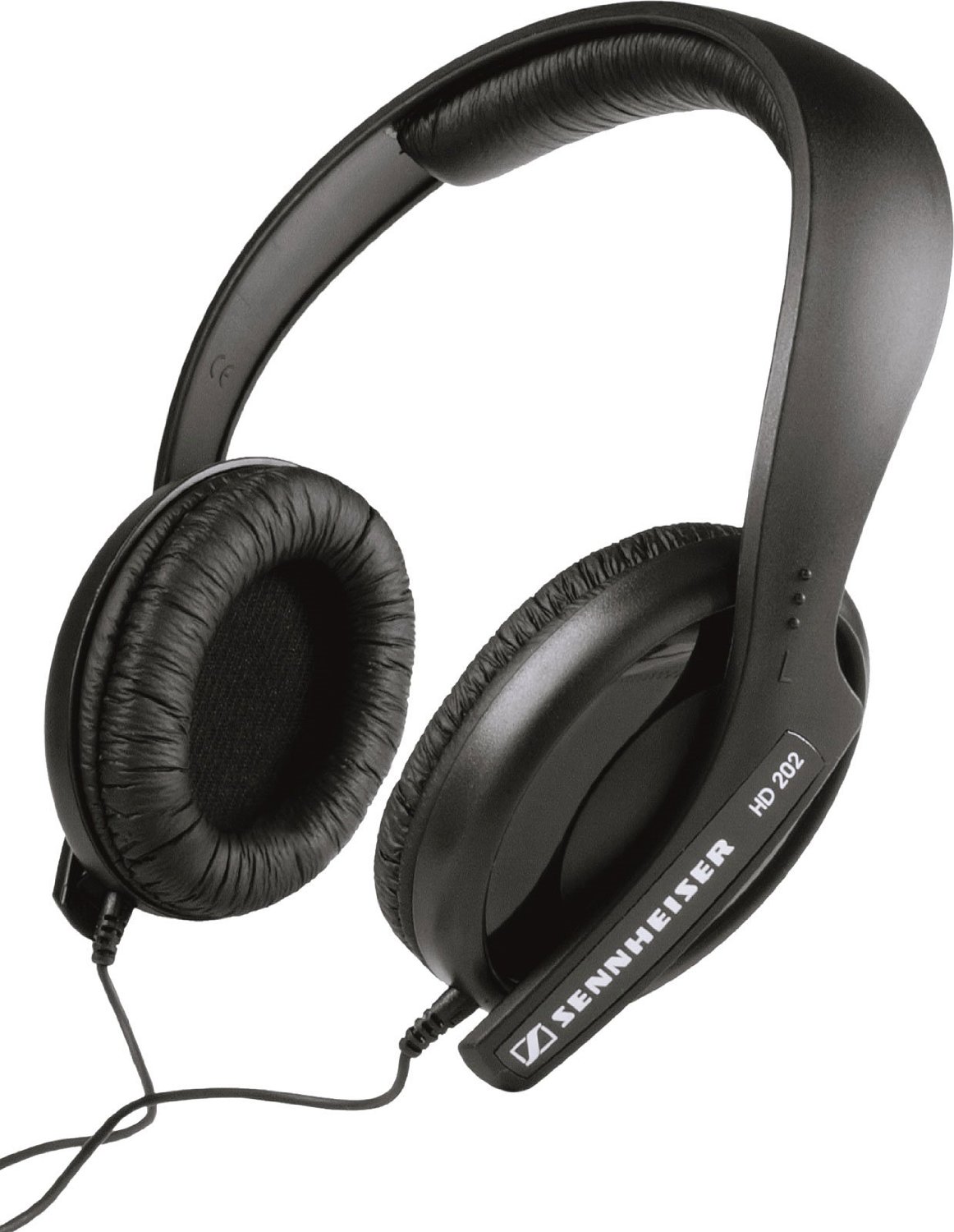
Sennheiser HD202 Headphones ($25)
The single most difficult challenge I encountered was trying to make my mixes sound good on many different devices: in the car, on headphones, earbuds, the kitchen radio. There’s no other way but experience, so don’t sweat it. Create a mix, listen to it on lots of different devices, note down what doesn’t work and repeat. You will get better. The Sennheiser headphones are sturdy, comfortable and detailed. With the aforementioned technique you can mix an album on these.
Publishing
Not only can you fit a recording studio in a bag, we live in an age where you can distribute your album as widely as any other SuperRockStar(TM). No longer do you have to sell your soul to The Man at the Record Label, just upload your tracks to the internet. I went the vanity route and hired CDBaby ($89 per album) to publish my album on all the digital download and streaming sites. It was very simple and they will even collect royalties.
The Realistic PZM microphones are great for recording anything live, just chuck them on the floor in front of the performer and relax. They are unfortunately no longer sold. The Silverline SPL Meter ($32) is good for measuring the loudness of sound (mix around 80db to combat the Fletcher-Munson Curve), but it can also be used with Room EQ Wizard to analyse the acoustics of your room which will help you mix. A USB Midi Cable so you can plug in and control the many musical devices that have midi ports. Cables, cables, cables — you can never have enough cables. Velcro cable ties to keep all those cables neat and tidy. Audio adapters — see cables. Electrical tape for 1,001 uses. Sunglasses — because, rock star.
So there you have it. For just over $500 you can record, mix and publish music that matches the quality of anyone else on the planet. It’s an incredible, democratic time to be an artist and I cannot wait to hear where we go from here.
If you’re interested in the kind of sound quality you can get from the above gear, take a listen to my album. I tried to record some tracks 20 years ago and trust me, the difference is profound. I think it sounds as good as the pros, I’d love to know what you think.
Listen to my album Enjoy” here:
Apple Music
Spotify
Deezer
Youtube
Google Play Music
CDBaby
(Cool Tools Readers! We will pay you $50 if we run your "What's in My Bag" story. Send photos of the things in your bag (and of the bag itself, if you love it), along with a description of the items and why they are useful. Make sure the photos are large (1200 pixels wide, at least) and clear. Use a free file sharing service to upload the photos, and email the text to editor@cool-tools.org. — editors)

